Places to Visit in Georgia, USA
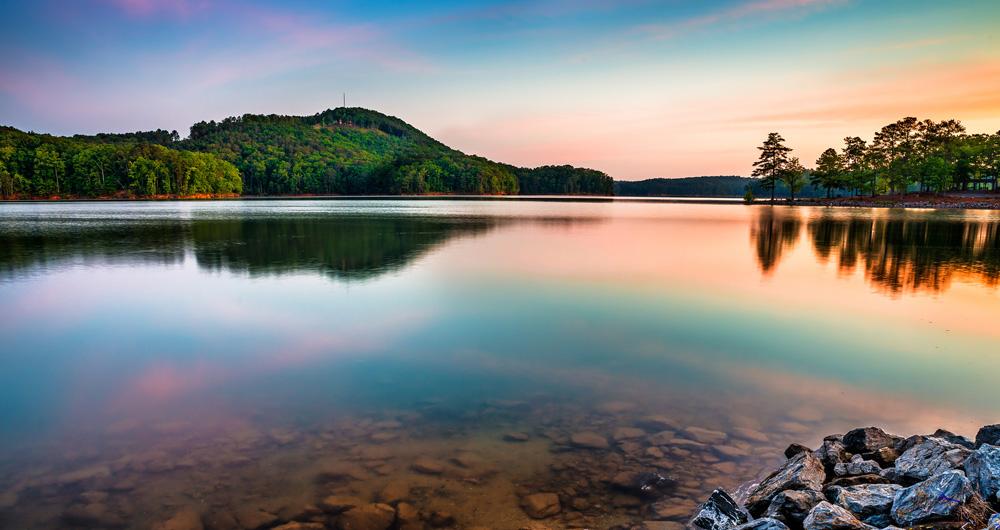
When people ask me where they should go in Georgia, I'm a little biased. I always want to plan another trip to Georgia's sandy beaches, waterfalls and lakes that I explored during two months while living there as a local. But just as mazing are Georgia's cities!
Wherever you decide to go in The Peach State, you’ll find yourself wrapped in Southern charm, natural beauty, and a mix of old-world tradition with modern energy. From my many trips exploring this diverse state (from mountains to coastline weeks at a time) here’s my collection of favorite destinations and experiences.
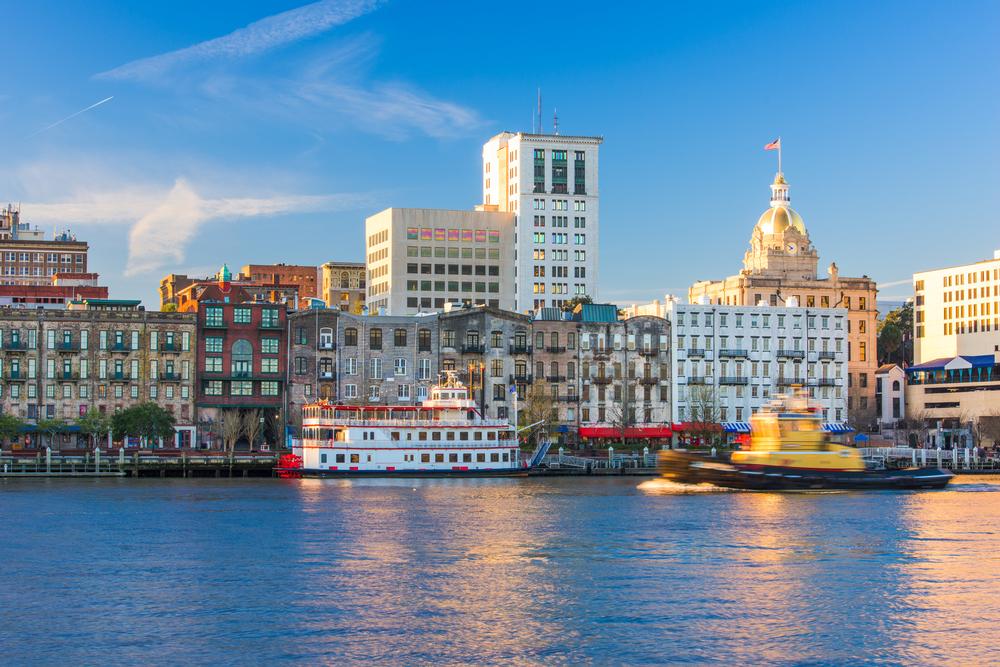
1. Savannah
I thought this city was enchanting with its graceful antebellum architecture, cobblestone squares, and a romantic riverfront. Savannah quickly became one of my favorite places to visit when I moved to the South.
We flew about 3.5 hours from Austin (950 miles) into Savannah, one of America’s most beautiful historic cities and the oldest city in the state of Georgia. I strolled through Forsyth Park (30 acres, with its iconic 1858 cast-iron fountain), and took a tour of the Juliette Gordon Low Birthplace ($15 admission, built 1821). For two days, we stayed at the 3-star Marshall House ($199), Savannah’s oldest hotel (1851), with original wood floors and gas lamps!
I loved how just a short walk from my hotel brought me into the heart of the historic district steeped in old-world Southern charm. I started my morning at Foxy Loxy Café, nibbling on warm kolaches in the courtyard before going out and exploring.
Midday, I joined the Savannah Taste Experience food tour, which threaded through local eateries and taught me the stories behind local staples (like pralines and shrimp & grits!). Later, I rolled up my sleeves at Chef Darin’s Kitchen Table for a hands-on class—part cooking lesson, part Savannah history, fully delicious.
- Location Map
- Location: Chatham County on the Atlantic coast of southeast Georgia
- Population: nearly 148,000
What I loved best:
My personal highlight was dinner; a classic Lowcountry affair at The Olde Pink House. After dark I joined a lantern-lit ghost walk that made the city’s layered past feel very alive.
The only caveat: the city’s popularity means some venues can feel crowded at peak times.
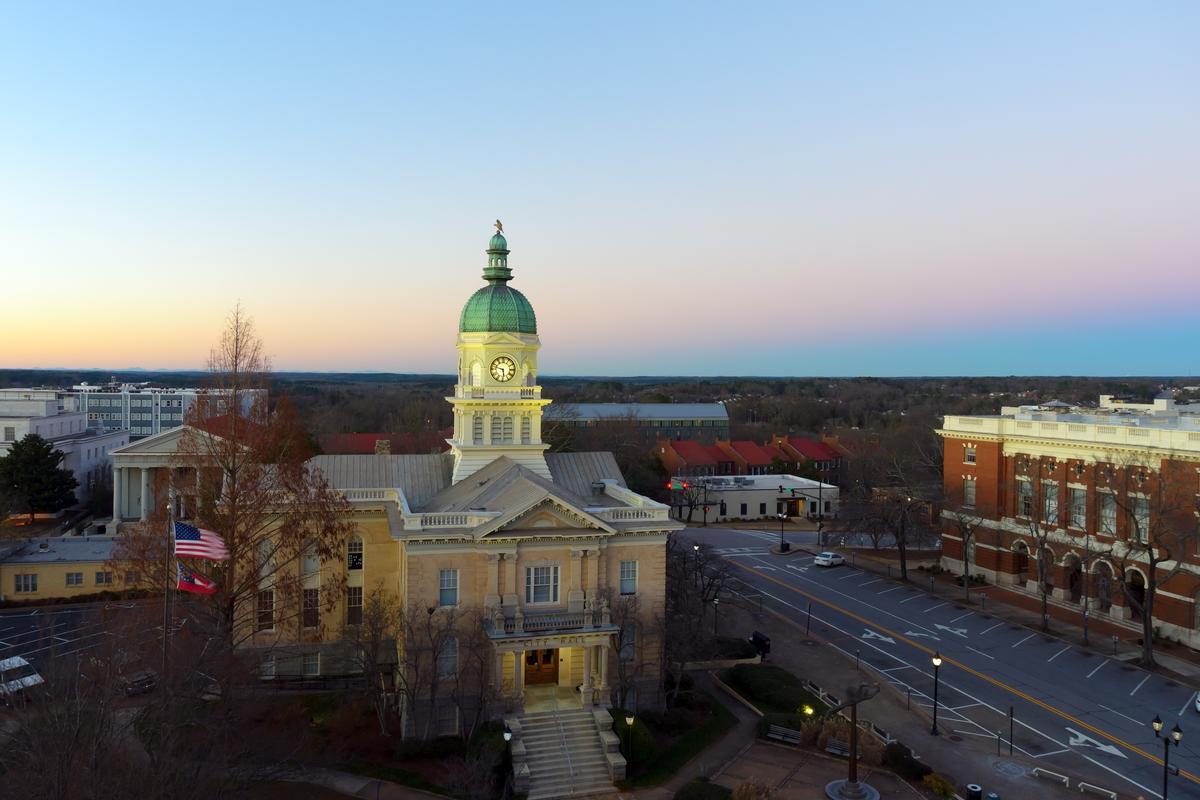
2. Athens, GA
Ready for a fun, culture-filled getaway? Check out Athens, GA — a real standout! March was a lovely time here, filling this college town with a perfect balance of sunshine, music, and blooming dogwoods. The campus lawns at the University of Georgia were turning green again, and the whole city felt alive — students spilling out onto café patios, street musicians tuning up on College Avenue, and that unmistakable Athens vibe: artistic, easygoing, and full of soul.
Flying into Hartsfield–Jackson Atlanta International Airport (ATL) and driving 1 hour 30 minutes east through pine forests, the air was warm, the pace unhurried, and every corner seemed to hum with creativity, from mural-covered walls to record-store windows filled with local bands’ posters.
Starting the day at Mama’s Boy was my favorite, the beloved breakfast spot where locals and travelers alike line up for biscuit sandwiches, creamy grits, and sweet tea served with genuine Southern kindness.
I spent two lively days soaking up the best of Athens — catching indie shows at the legendary 40 Watt Club, browsing vinyl at Wuxtry Records, and wandering through the State Botanical Garden of Georgia.
What I loved best:
My favorite museums were at the Georgia Museum of Natural History and the Athens Institute for Contemporary Arts.
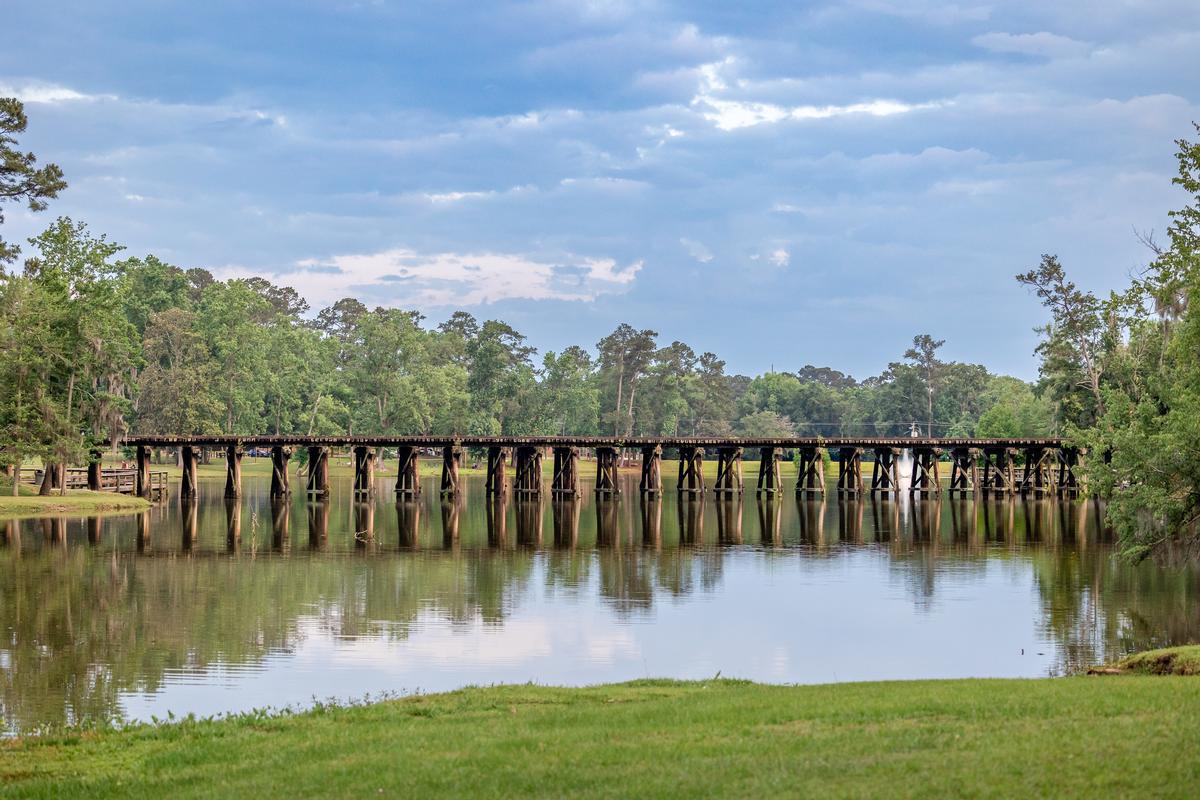
3. Thomasville, Georgia
Known for its rich history and vibrant local culture, this is one of the most delightful towns I’ve visited in South Georgia and I think it’s one of the absolute best weekend getaways in the region. Flying into Tallahassee International Airport (TLH) and making the 50 minute drive north, I reached this place just as the town was preparing for spring events — hints of the Rose Festival to come, with wreaths of blossoms appearing on storefronts and banners fluttering downtown.
I spent two gentle days exploring The Rose City’s layers from our base at 3-star Hampton Inn Thomasville — browsing antique stores and indie boutiques on Broad Street, sipping sweet tea at Grassroots Coffee, and visiting the legendary Big Oak, a centuries-old tree so grand it feels almost alive with memory.
What I loved best:
Wandering through Pebble Hill Plantation, a beautifully preserved estate surrounded by gardens and wildlife, and found myself quietly captivated by the golden-hour light spilling across its lawns.
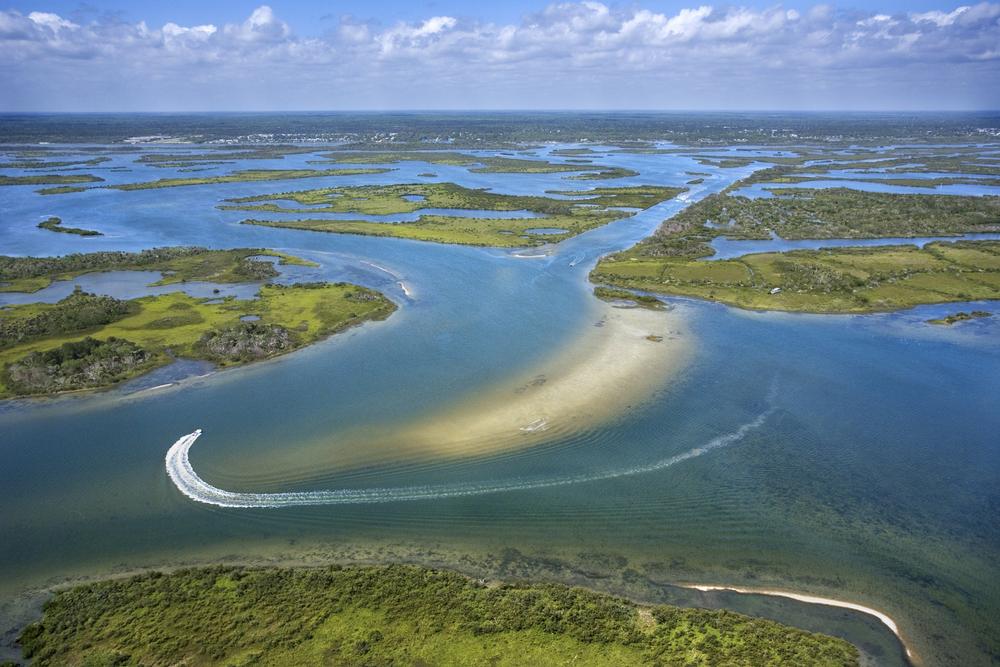
4. Cumberland Island
I found this island to be one of the places to visit in Georgia when I moved to the South. Why? First off, it felt like stepping into a wild, world, an untouched barrier island where you are greeted with windswept dunes and pristine beaches. The sense of remoteness was immediate.
We drove about 45 minutes north from Jacksonville (35 miles on I-95) to St. Marys, then caught the ferry (45 minutes, $20 round trip) to Cumberland Island (Georgia’s largest barrier island, 36,000 acres of protected wilderness). We stayed in St. Marys at the Riverview Hotel ($139) for two days, a 1916 inn facing the waterfront.
I spent the day exploring maritime forests, salt marshes, and miles of empty shoreline. Yes, wild horses really wandered around freely... One of the highlights was walking through the haunting ruins of Dungeness Mansion, a once-grand Carnegie estate that you can visit.
- Location Map
- Location: Camden County, on Georgia’s southeastern coast near the Florida border
- Population: fewer than 50 permanent residents
What I loved best:
We were thrilled when we spotted crabs scuttling across the tidal flats, a reminder of how untouched this island still is by civilization.
Local tip: The island’s sheer size means it’s impossible to see it all in one visit so don't worry about packing it all into one day trip!

5. Atlanta
Ready for a culture-packed getaway? Check out Atlanta — a real standout! This city is such a cool mixture of Southern tradition and modern innovation. My mind was blown by the contrast of tall skyscrapers on one hand and historic leafy neighborhoods on the other. I love the food scene in Atlanta and if you are a foodie this is the first place you'll want to visit in Georgia! We usually start our road trip here. We stayed at the 4-star Georgian Terrace ($189) for two days, an iconic 1911 hotel across from the Fox.
I spent 2 hours exploring the Atlanta BeltLine, a lively urban trail with murals, cafés, and greenery. My personal highlight was the Atlanta History Center, where we learned a lot about history from the Civil War through the Civil Rights Movement.
Of course, I couldn’t miss the Martin Luther King Jr. National Historical Park, a moving site that included his childhood home and Ebenezer Baptist Church.
Last month we caught the Brookhaven Cherry Blossom Festival in March which celebrated spring so well with music, food and a lively social scene. In addition, we stopped at Swan Coach House for amazing Afternoon Tea.
If you love the ocean, Georgia Aquarium is the most amazing place I've ever been to! It won numerous awards like the WAZA Conservation Award for its whale shark program and the Evoqua Water Sustainability Award.
- Location Map
- Location: Fulton County (with portions extending into DeKalb County) in north-central Georgia
- Population: approximately 510,823
What I loved best:
In the afternoon, my personal highlight was checking out Ponce City Market for an hour. It's actually open all day, from 10am to 9pm (11m to 8 pm on Sundays), so you can go any time. Set in a historic Sears building, the market offers eclectic food stalls and shops and I just enjoyed looking around a bit.

6. Callaway Resort & Gardens
I thought this place was one of the best places to visit in Georgia when I moved to the South. Why? First off, it's a serene and relaxing retreat with lush landscaping across thousands of acres, truly a private paradise. Secondly, there were enough activities to keep things fun and engaging the whole time we were there.
We drove about 1 hr 20 min southwest of Atlanta to Callaway Resort & Gardens (2,500 acres, admission $24.95 online/$29.95 gate). Founded in 1952, the Callaway gardens were first created to promote conservation and showcase the region’s azaleas and from my first step into the gardens, I was completely won over.
In warmer months, Robin Lake Beach on the lake added was ideal for families where we walked barefoot on the sand and my husband and son played volleyball (there's a court!).
What I loved best:
On my next trip, we stayed overnight at the 4-star Lodge & Spa at Callaway which I loved! My room for two days was very comfortable and offered nature views and easy access to the grounds. Dinner at the Piedmont Dining Room was relaxed but elevated, with fresh Southern-inspired dishes that I loved. It was the best kind of trip for me, combining a 60-minute sugar scrub at the spa, romantic walks in the gardens and a lovely setting for dinner to finish the day!

7. Alpharetta
Ready for a food-and-fun-filled day just outside Atlanta? Head to Alpharetta — it’s a standout for a cool day trip or weekend getaway in Georgia! In this town you'll find both small-town Southern charm and modern suburban polish. Just 40 minutes north of Atlanta, it felt welcoming yet upscale, with pretty neighborhoods, lots of shopping spots and dining districts, and plenty of green spaces too. It's an easy day trip from Atlanta, but we checked into a vacation rental for seven days on this vacation.
My day began at Avalon, Alpharetta’s open-air lifestyle center with boutiques, cafés, and shaded spots to rest while you walk around and browse. From there, I wandered into Downtown Alpharetta, a revitalized historic district that has lovely brick sidewalks, shops, and local restaurants.
- Location Map
- Location: North Fulton County, part of the northern Atlanta metropolitan area
- Population: approximately 67,213
What I loved best:
In the afternoon, we drove to the Big Creek Greenway, a beautiful multi-use trail perfect for a relaxed stroll through shaded areas.

8. Marietta, Georgia
This is one of my favorite small cities to visit near Atlanta! I love that it offers a bit of everything — a charming town square, great restaurants, and historic sites too. This is a Southern town with lots of history and hometown warmth, red-brick downtown square, an easygoing energy perfect for a day trip or weekend getaway in Georgia.
We drove about 30 minutes northwest from Atlanta to Marietta. I started at the lively Marietta Square, where boutiques, antique shops, and locally owned restaurants encircle a park with a fountain. We enjoyed our time at the Marietta Square Market, a restored warehouse turned food hall. We sample Southern comfort food and bought some for a picnic lunch we had a few hours after.
History runs deep here and you can see it come to life at the Gone With the Wind Museum. In the afternoon, we hiked along part of Kennesaw Mountain National Battlefield Park (2,965 acres, free entry) which offers interpretive trails that make the Civil War history come alive.
- Location Map
- Location: Cobb County, northwest of Atlanta in the Piedmont region of Georgia
- Population: approximately 63,394
What I loved best:
My room at the Stanley House Inn ($169) for two days was a personal highlight, a Victorian B&B right off the square.

9. Blue Ridge
This is a great small town for slowing down and relaxing on vacation and it quickly became one of my favorite stops in Georgia. We drove just under 2 hours north from Atlanta to Blue Ridge, a former railroad town turned mountain getaway.
Kids love riding on the Blue Ridge Scenic Railway ($52, 26-mile round trip along the Toccoa River in vintage coaches). Plan some time around browsing Main Street’s historic brick storefronts from the early 1900s. Antique shops, craft galleries, and the Swan Drive-In Theatre (open since 1955) gave the day a nostalgic flavor. We stayed for two nights at the Blue Ridge Inn Bed & Breakfast ($189), an 1890 Victorian home with porches made for rocking chairs.
- Location Map
- Location: Fannin County in the North Georgia Mountains, near the Tennessee and North Carolina borders
- Population: approximately 1,245
What I loved best:
My personal highlight was lunch at Harvest on Main, where I ordered the trout BLT (bacon, tomato, and flaky grilled trout on toasted sourdough). It came with rosemary roasted potatoes and a slice of house-made pickle.

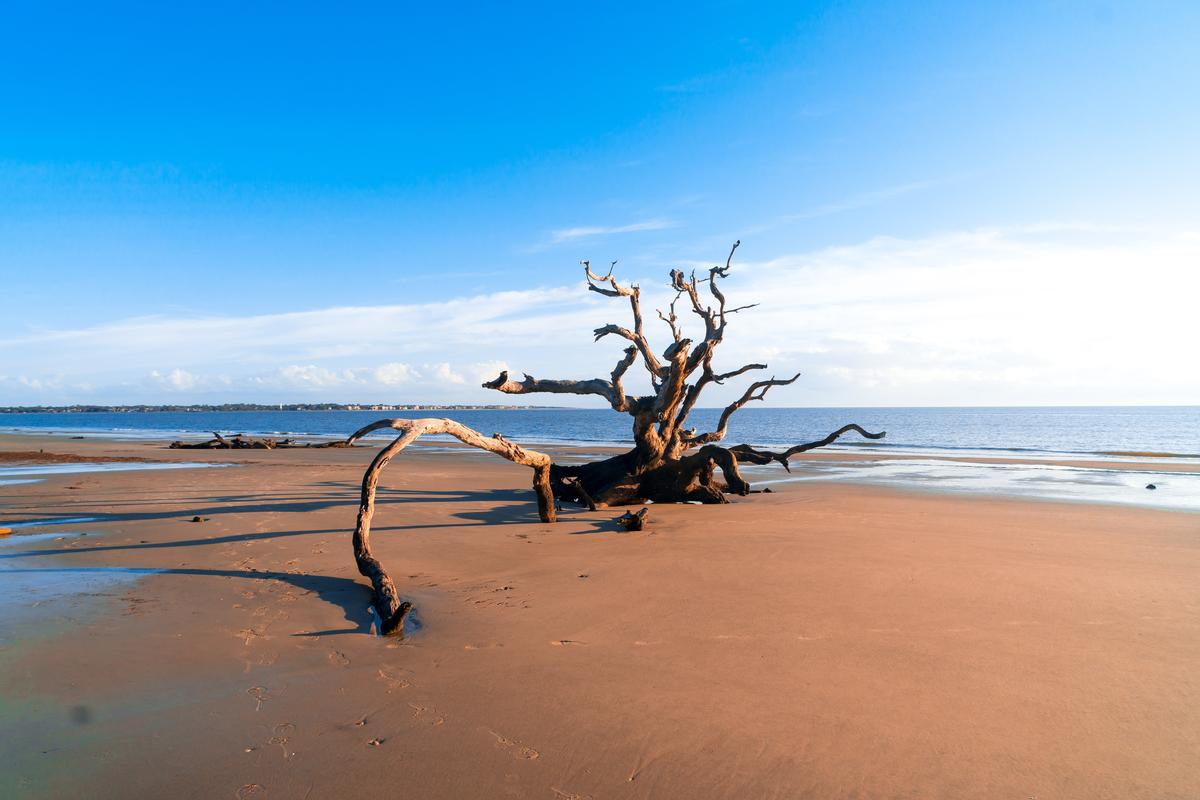
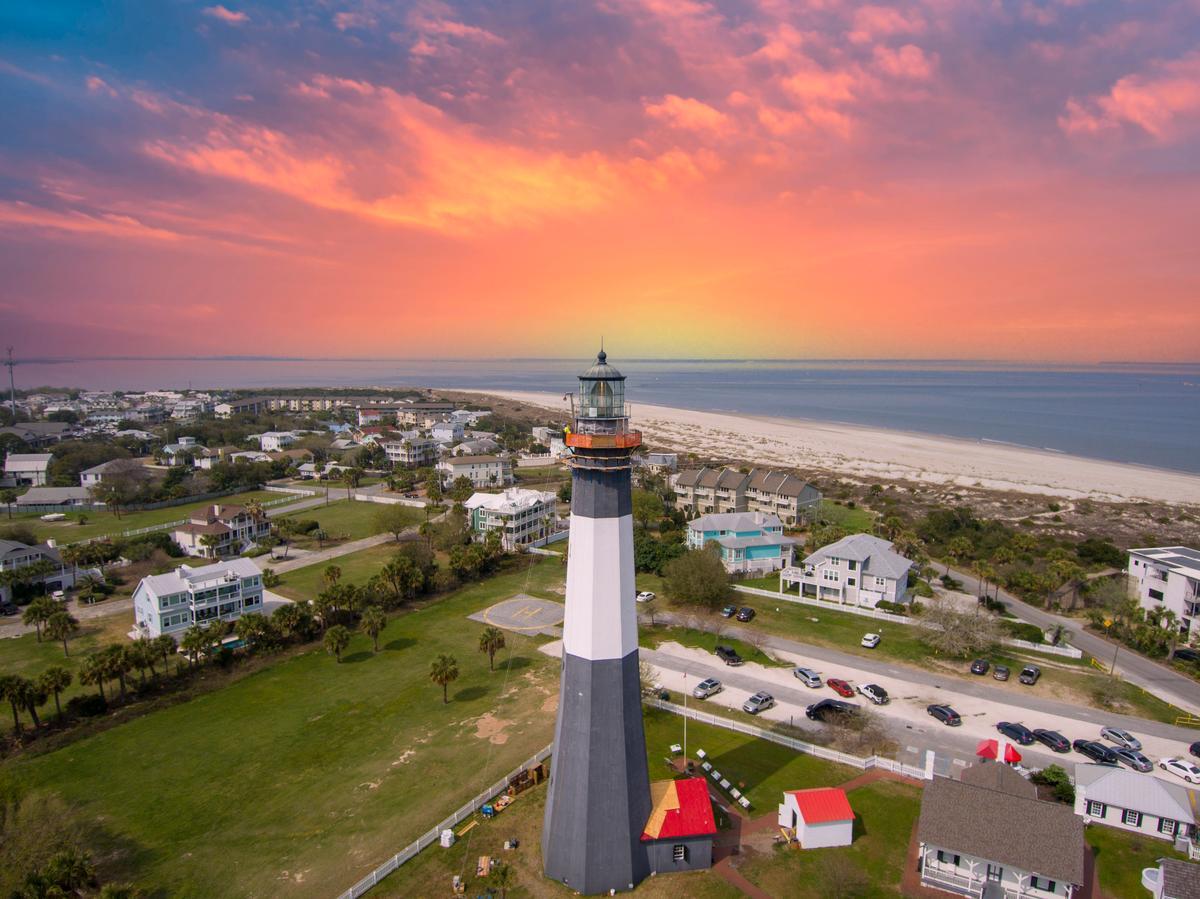
10. Tybee Island
It's not really possible to talk about the places to visit in Georgia without this beautiful island! It's a wonderful vacation spot with beaches, colorful cottages, and a slow pace of life. It felt worlds away from Savannah though it’s only about 20 minutes down the road. When friends ask me where to go on a beach vacation in Georgia, Tybee Island is the first choice that pops into my head.
We stayed at 3-star DeSoto Beach Hotel ($159), the island’s only beachfront hotel. Our room for two nights overlooked the Atlantic.
We climbed the steps of the Tybee Island Light Station (178 steps, $12 admission).
- Location: Chatham County, about 18 miles east of Savannah on the Atlantic coast
- Population: approximately 3,114
- Location Map
What I loved best:
Lunch at The Crab Shack is not to be missed, a unique historic eatery with wonderful sunset views. We were there during the annual Tybee Island Pirate Fest in October which was extra fun.
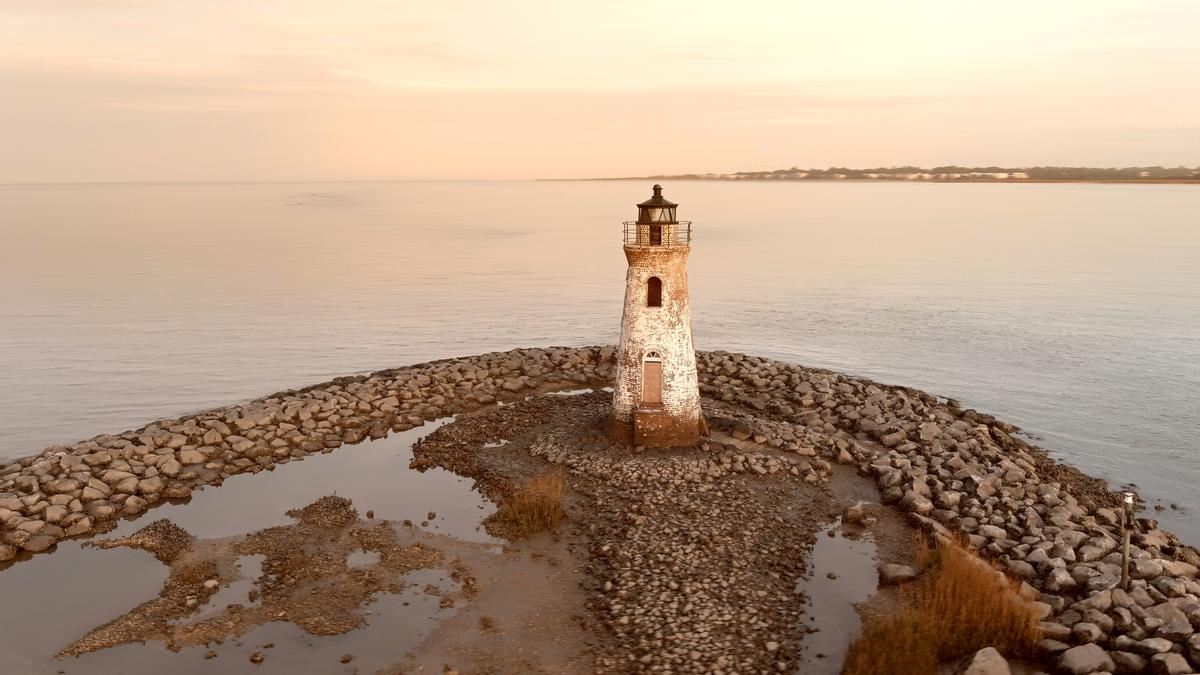
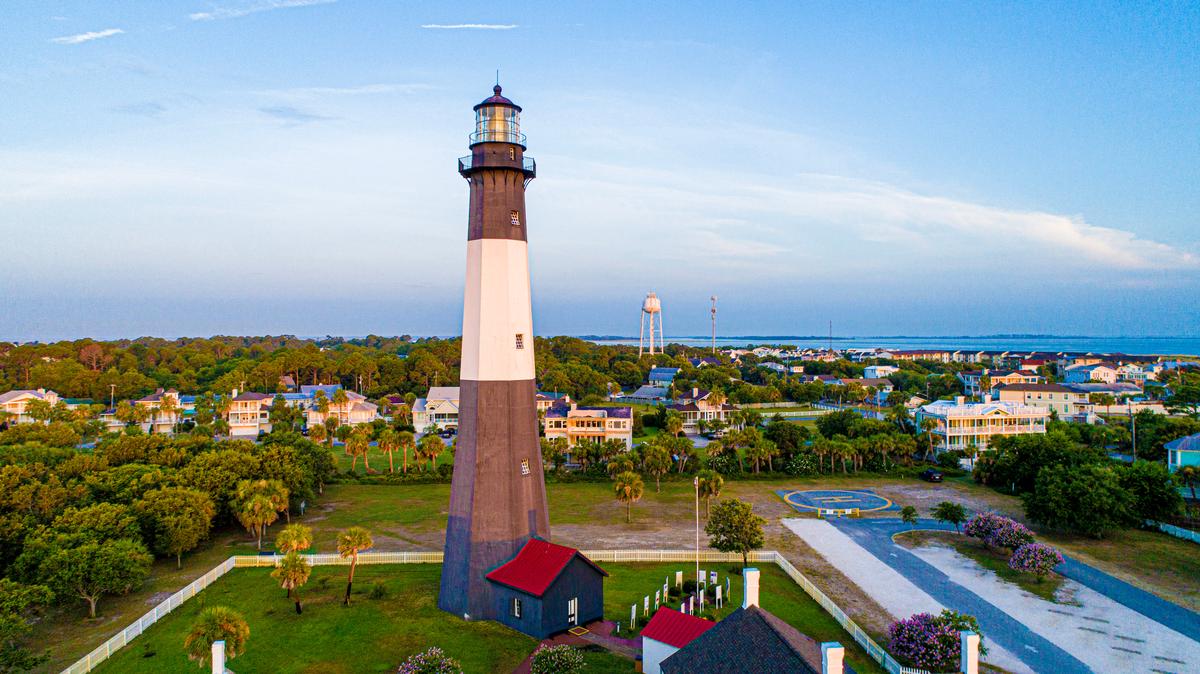
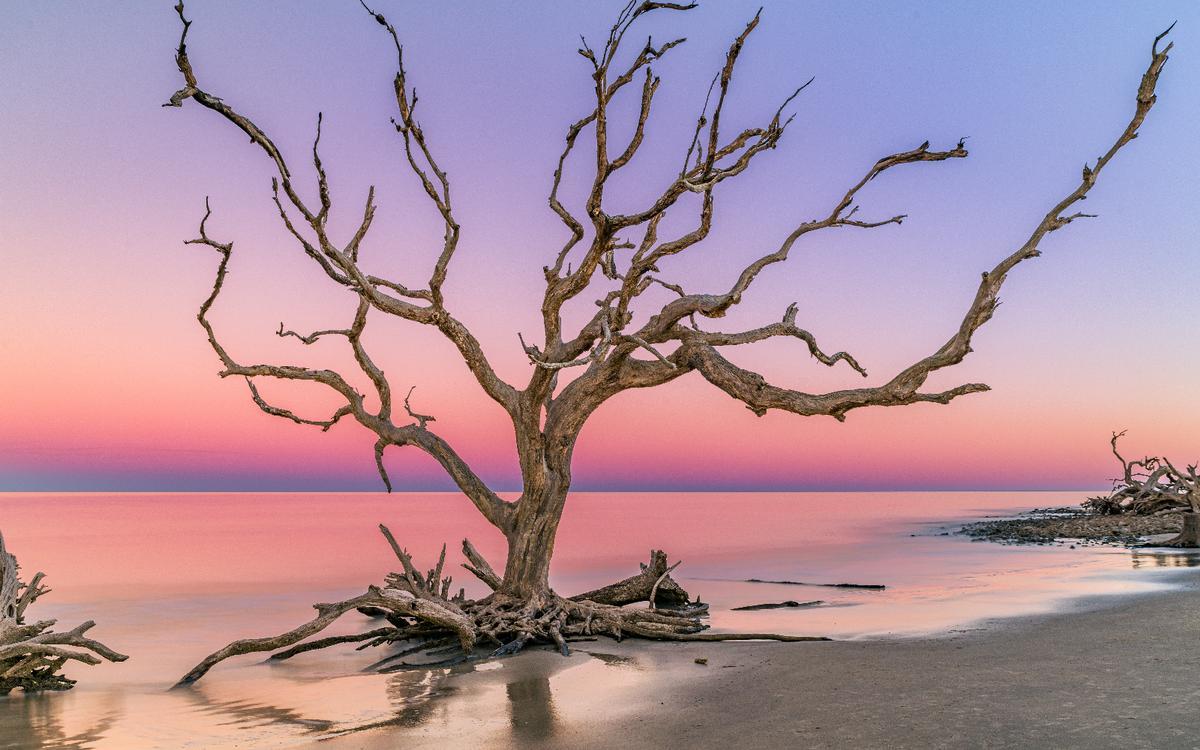
11. Driftwood Beach, Jekyll Island
I thought this beach was one of the most otherworldly coastal landscapes I’ve ever seen, incredibly beautiful with gnarled, weather-bleached driftwood trees scattered like sculptures along the sand. The mix of bleached trunks, tidal pools, and the endless horizon gave the place an almost surreal, timeless feel, especially in the soft light of sunrise and sunset.
We drove about 1 hr 40 min south from Savannah (90 miles on I-95) to Jekyll Island (population 1,300), once the exclusive retreat of America’s gilded-age millionaires.
- Location Map
- Location: northern end of Jekyll Island in Glynn County, along Georgia’s southern coast
What I loved best:
Before heading to the beach, I toured the Jekyll Island Historic District (240 acres, $9 daily parking fee, grand “cottages” built by Rockefellers and Pulitzers). We stayed at the Jekyll Island Club Resort ($229) for two days, the restored 1888 clubhouse that once hosted the country’s elite.
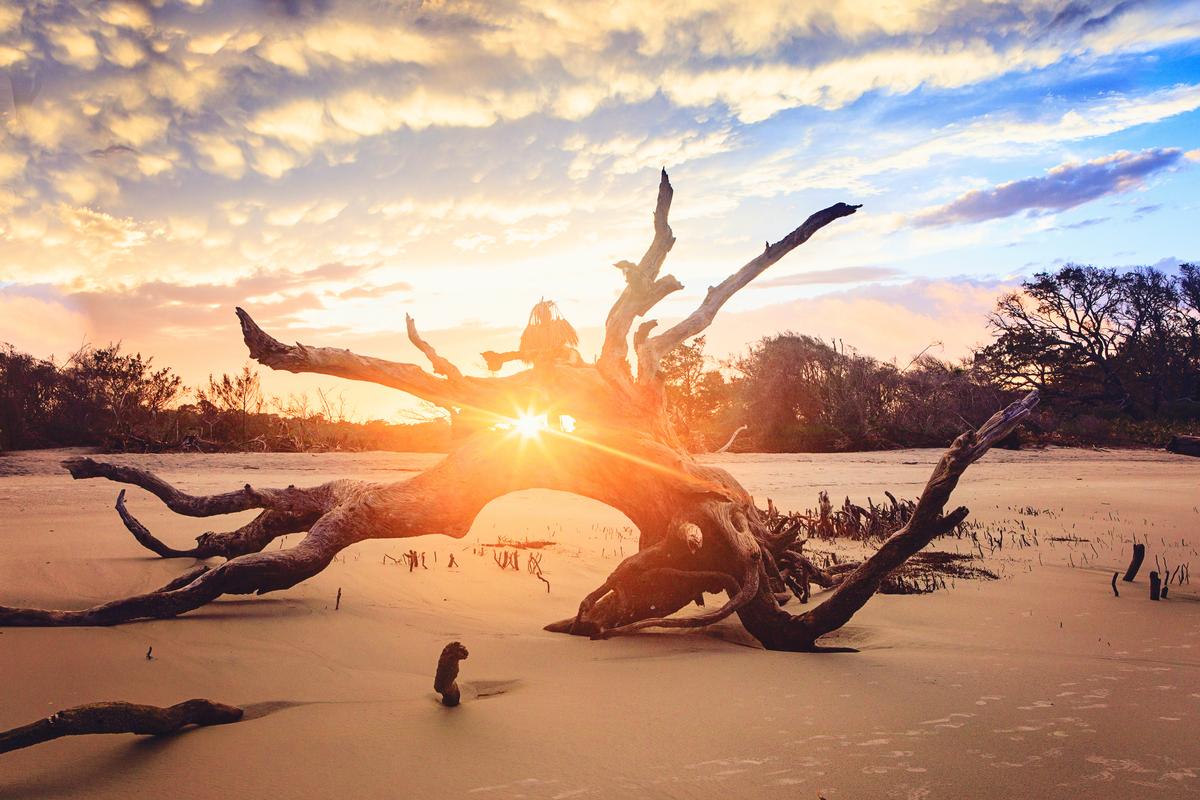
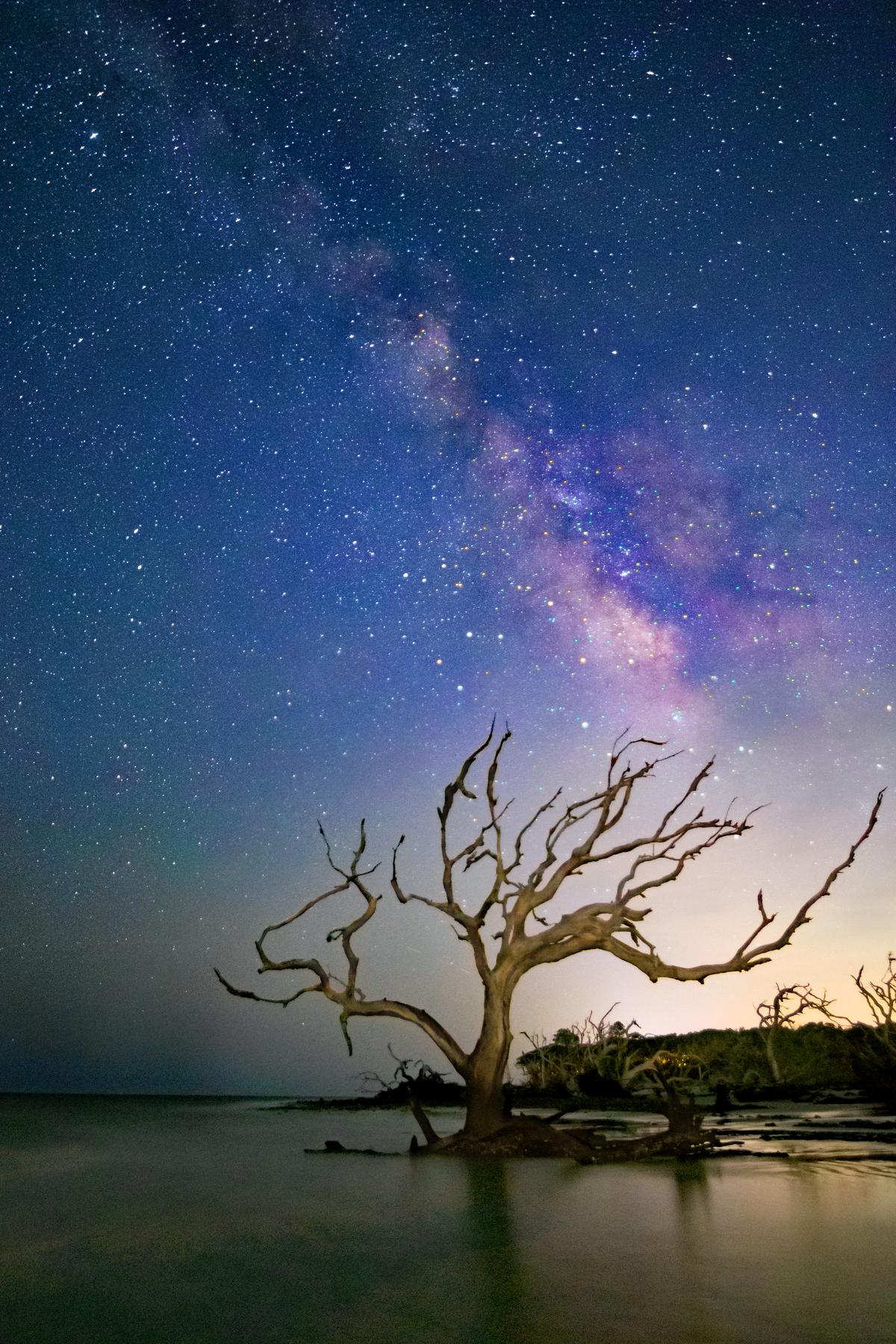
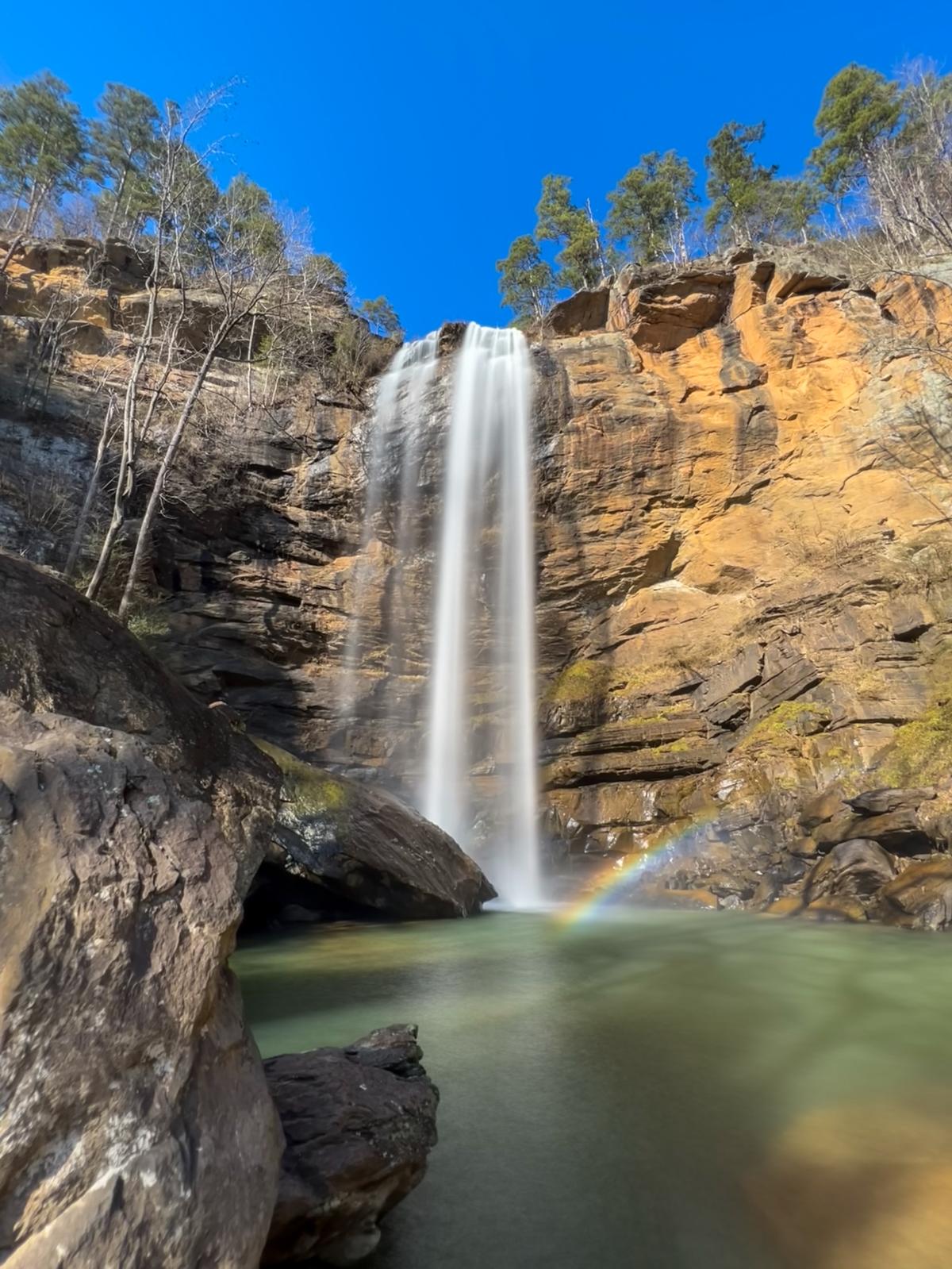
12. Toccoa Falls Waterfall
Welcome to one of Georgia’s most breathtaking natural wonders. Tucked into the scenic foothills of the Blue Ridge Mountains on the campus of Toccoa Falls College, this 186-foot waterfall is taller than Niagara and cascades dramatically into a quiet pool below. Surrounded by forested hills and a peaceful atmosphere, it’s the kind of place that feels both hidden and accessible — a serene escape into the beauty of North Georgia.
Just a quick tip to orient yourself: the falls are located directly on the college grounds, with a short and easy walking path leading to the viewing area. The accessibility makes it perfect for families, couples, and solo travelers alike, and the gentle trail allows you to take in the sights without a strenuous hike.
- What to Know Before Visiting Toccoa Falls
- Best Airport: Atlanta Hartsfield–Jackson International (ATL), about 1.5–2 hours away
- How Many Days: 1 day trip or overnight if pairing with nearby attractions
- Time of Year to Visit: Spring and fall for cooler weather and vibrant foliage
Where do you stay near Toccoa Falls? While there aren’t hotels at the falls themselves, you’ll find charming inns and mountain cabins nearby. Downtown Toccoa offers boutique stays and bed-and-breakfasts, while larger resorts and lodges are available in surrounding areas like Clarkesville or Tallulah Falls for those wanting a full mountain retreat experience.
So where should you eat near Toccoa Falls? After your visit, head into downtown Toccoa for local dining. Try farm-to-table meals at a cozy café, Southern classics at a diner, or grab coffee and pastries at a small-town bakery. For something heartier, barbecue joints and casual restaurants are just a short drive away.
- Location Map
- Location: on the campus of Toccoa Falls College in Stephens County, northeast Georgia
What should you do at and around Toccoa Falls? Start with the waterfall itself — the walk to the base is the highlight and makes for stunning photos. Beyond the falls, explore the town of Toccoa with its historic downtown, local shops, and museums. Outdoor lovers can continue to nearby trails in the Chattahoochee National Forest, or take a short drive to Tallulah Gorge State Park for even more dramatic views and hiking opportunities.
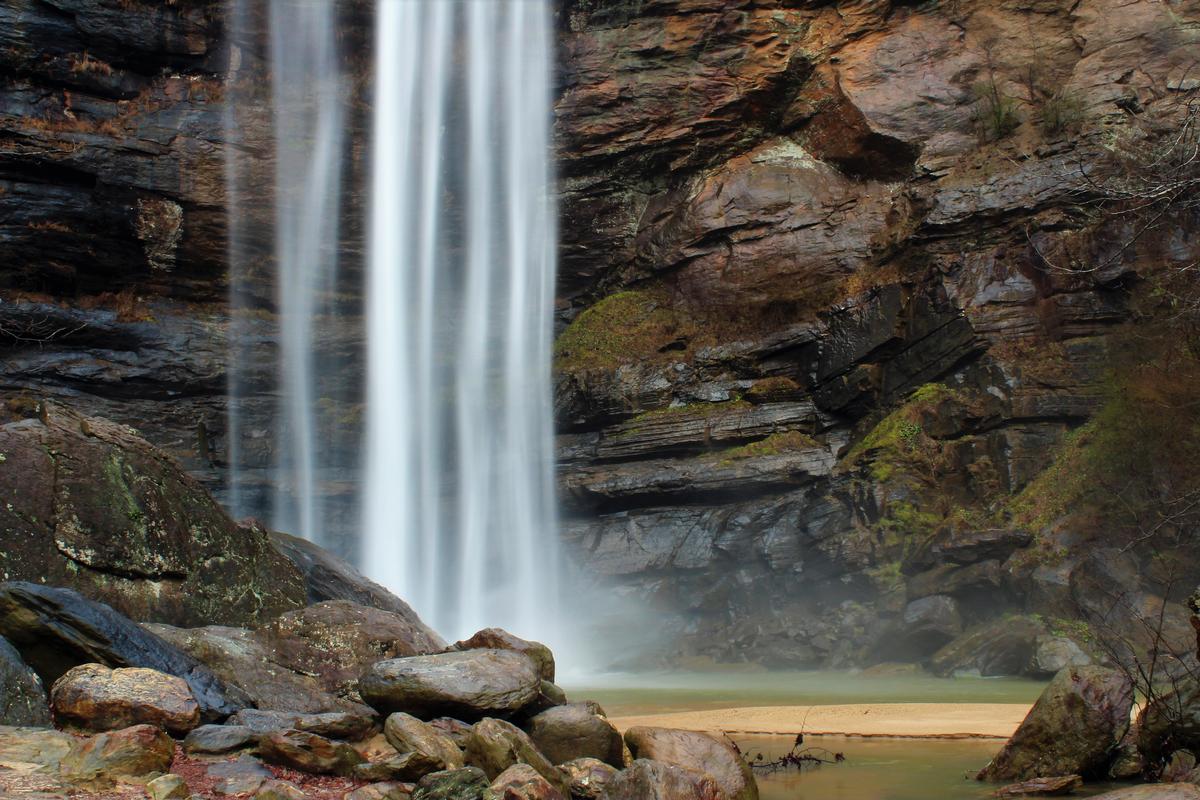
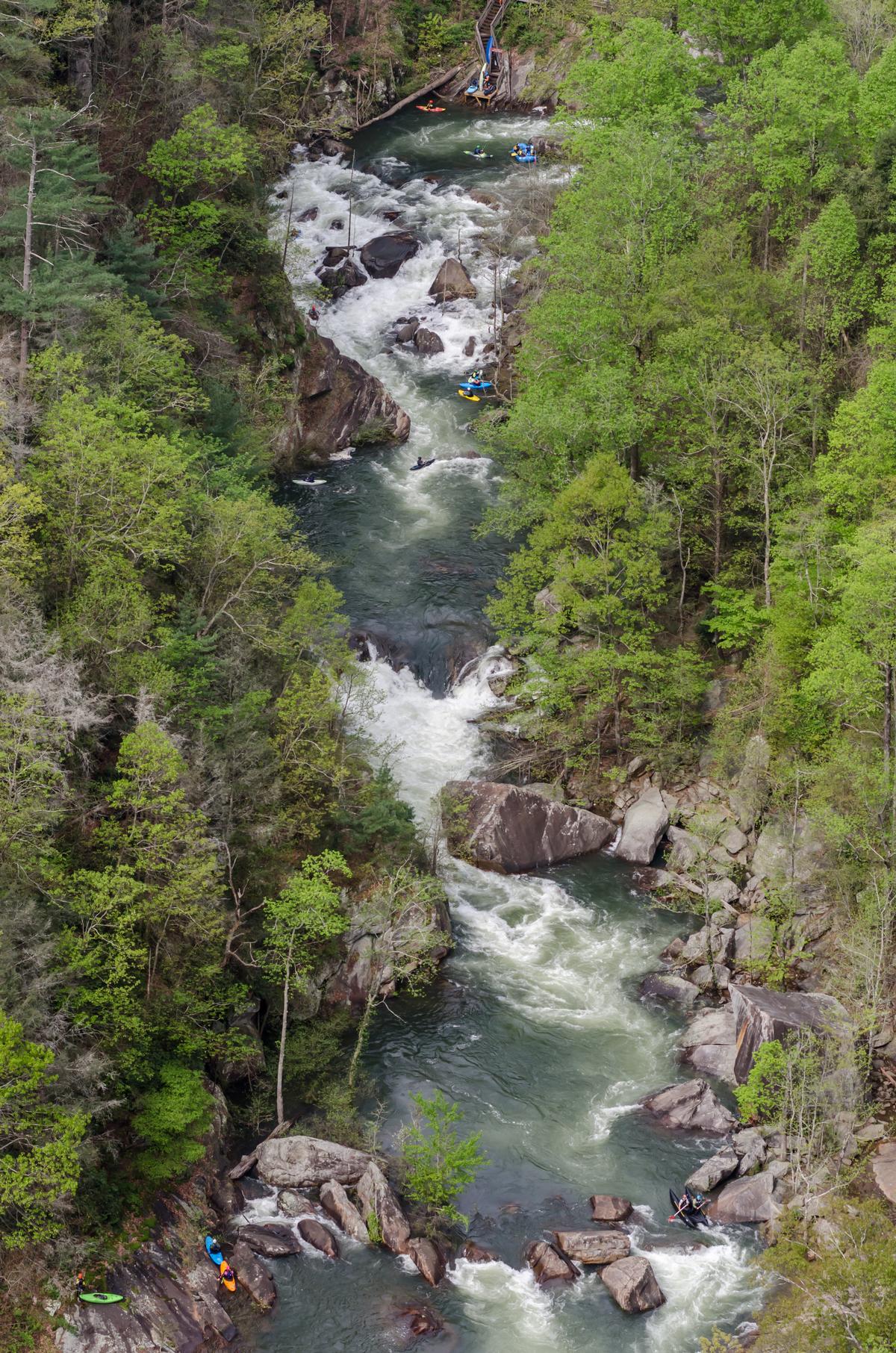
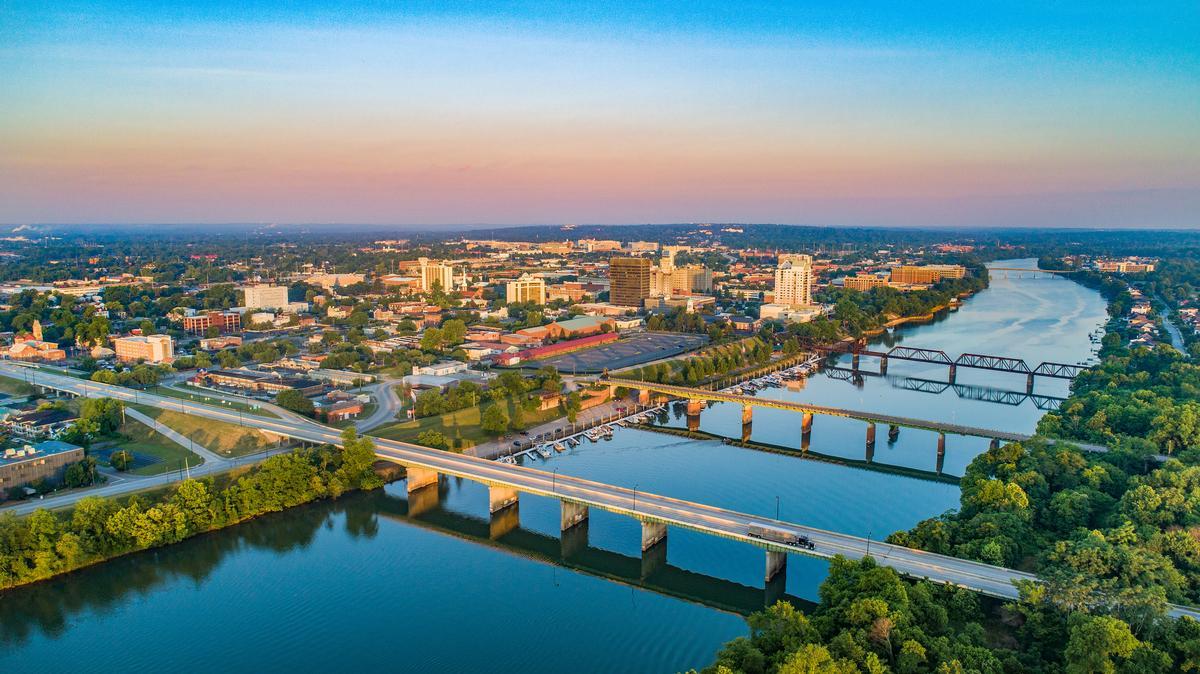
13. Augusta, Georgia
Set along the Savannah River, this is one of the most unique and quietly elegant cities I’ve explored in Georgia. I think it’s one of the absolute best weekend getaways in the state. Why? First off, Augusta blends historic neighborhoods, a revitalized downtown, and artsy pockets. In addition, we adored beautiful river views here!
I loved the way this city blended Southern elegance with a laid-back riverside energy, with historic homes shaded by towering magnolias, a revitalized downtown, and a legacy tied to both music and golf by hosting the famous Masters Tournament .
We drove about 2 hr 15 min east from Atlanta to Augusta, one of Georgia’s oldest cities, founded in 1736 where we stayed two amazing nights at 3-star The Partridge Inn ($179), a historic 1836 hotel perched on the hilltop. While there, we walked along the Augusta Canal National Heritage Area (free trails, boat tours $14) to learn how this 1840s waterway powered textile mills.
Downtown, touring the boyhood home of President Woodrow Wilson (1858, $5 tours) was my personal highlight where Young Woodrow Wilson (then Thomas Woodrow Wilson) lived from around 1860 until 1870 (ages about 4–14) during his formative years overlapping the Civil War and Reconstruction.
- Location Map
- Location: Richmond County, SC
- Population: approximately 202,081
What I loved best:
For lunch, we headed to Hildebrandt’s, a family-run deli just a few blocks away, and I ordered the German roast beef sandwich on rye, with a side of warm potato salad spiced with mustard and onion.
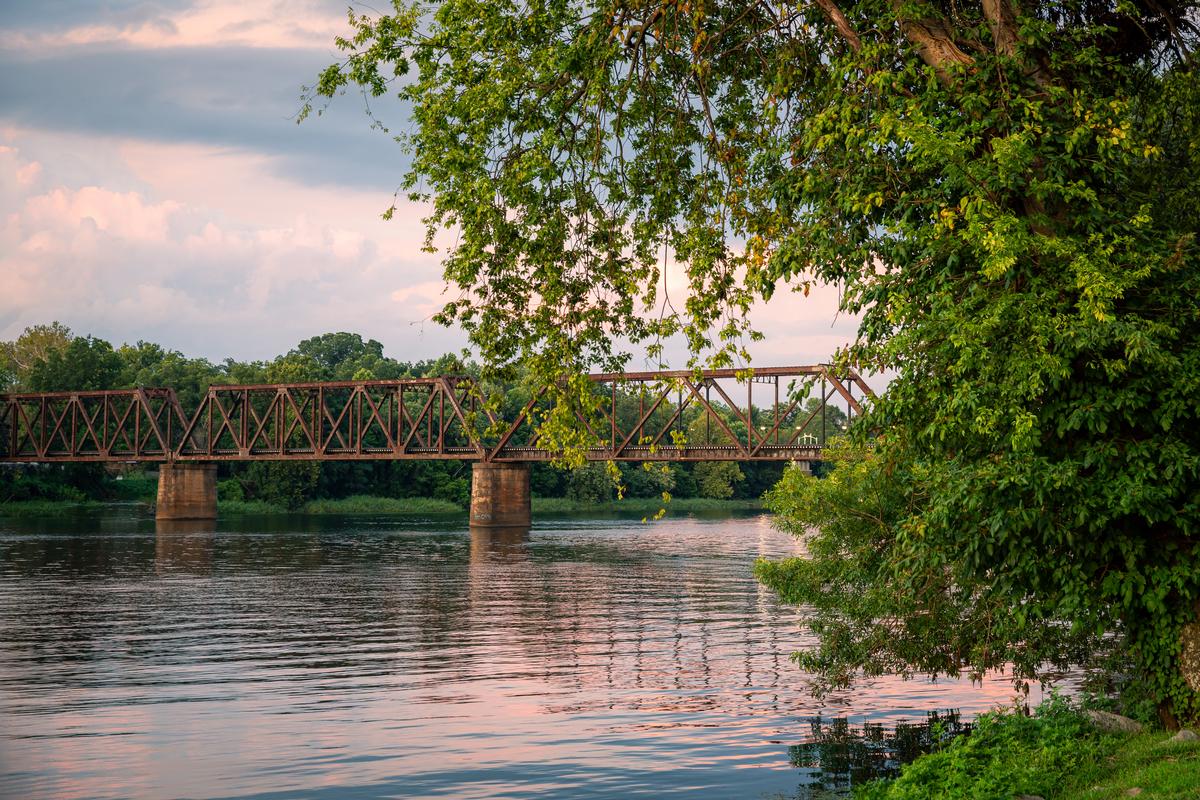

14. Madison - 1 hour and 15 minutes from Atlanta
I thought that this town was one of the most romantic places to visit in Georgia when I moved to the South. Why? Madison invites you to take your time, to wander along shaded sidewalks, admire carefully tended gardens, and let the stories carried by its historic homes unfold around you.
After arriving in one hour on a day trip from Atlanta, I spent the day wandering around the Madison Historic District, and toured the Heritage Hall mansion, browsed local art at the Madison-Morgan Cultural Center.
What I loved best:
Our afternoon drive along the Antebellum Trail was my personal highlight, a scenic route linking Georgia’s most picturesque historic towns.

Booking Checklist
1. Book Your Flight - I use Expedia because I like their mobile app with my itinerary. They've helped me re-book flights on many occasions. Once you reach their Gold tier, support is especially good.
2. Book Your Hotel - I use Booking.com or Expedia, depending on my destination.
3. Book Your Rental Car - I use Expedia.
4. Book your tours on Viator or Get Your Guide.
5. If you are planning to visit more than three national parks in the next 12 months, buy the America the Beautiful Pass.
